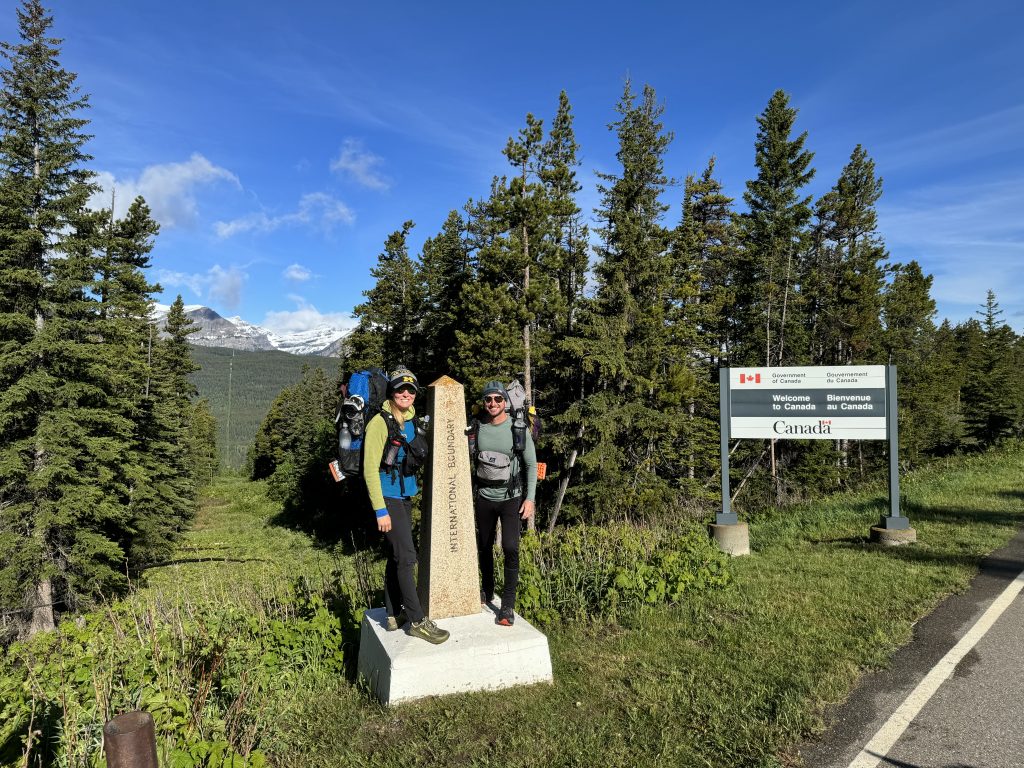
MC: It’s been a week and a half since we finished the trail, and we wanted to provide some final thoughts on our experience thru-hiking the Continental Divide Trail.
I knew this hike was going to be hard, but I wasn’t fully prepared for how exhausted I was mentally BECAUSE of how physically demanding each day turned out. The mental and physical parts played off each other more than I thought. We found ourselves in a race against winter, which manifested in this feeling of urgency to get to the next town. The urgency brought about long mileage days and big elevation changes on a constant basis that created dread for me every morning. I don’t think I could have physically prepared much more, as I’ve never been skilled in endurance activities to begin with, but I didn’t think I would experience the consistent dread each morning like I did in parts of Montana and Colorado.
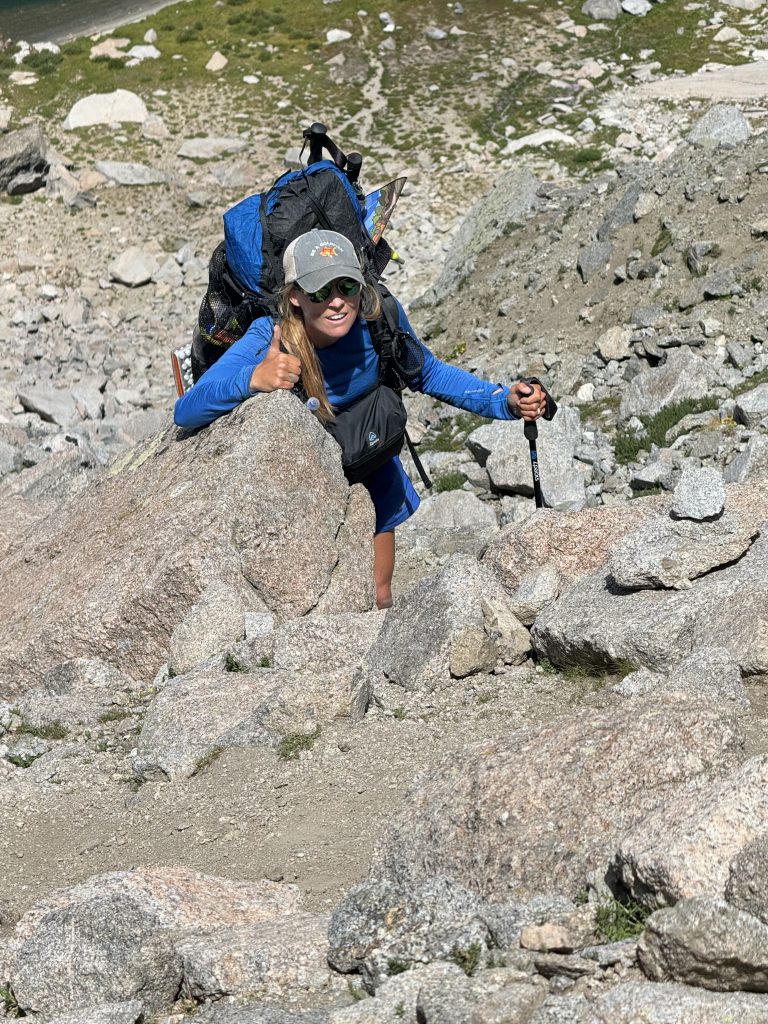
So why did we do this trail? There is a famous rock climber by the name of Alex Honnold who talks about fear and the general public’s lack of experiencing it in the link below:
I’m not saying what we did was necessarily fear-inducing, but it was prolonged discomfort that I believe generates a similar result that Alex talks about.
I am proud of myself for maintaining a continuous footpath. Hannon and I went into the hike knowing we intended to do this, and we never wavered from the plan – even though 90% of those around us did. We kind of just assumed that if you call yourself a thru-hiker of the CDT, it’s because you walk from Canada to Mexico without skipping sections just because it’s a road walk or a “boring” section. We were constantly disappointed when learning that other hikers were hitching in areas so they could finish more quickly or avoid a section. We weren’t red line purists (there are too many alternates as options on the CDT, and it is culturally acceptable to use them) but those decisions never included gaps in our footpath. There is a saying in the backpacking community called “hike your own hike”, meaning you shouldn’t worry about what other people are doing, just focus on your hike. I have been fundamentally bothered, however, by other thru-hikers claiming that they hiked the trail when they rode in a vehicle for hundreds of miles. “Hike your own hike” has become a crutch in the thru-hiking community, allowing folks to take the easy way out, and the “purists” just need to deal with it and look the other way. I’m ranting a bit here, I’ll move on. If I decided to post this on a public online forum, I would get a lot of flack for statements like this.
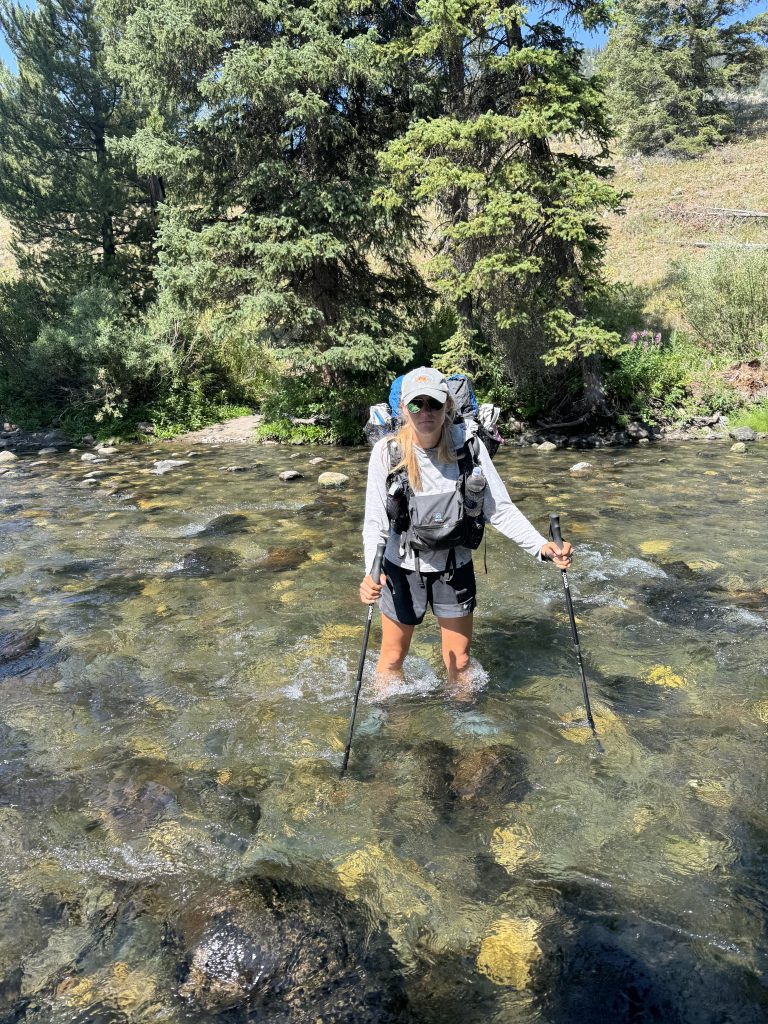
Hannon and I work very well with each other in discomfort. I knew this going in, but I didn’t know the full extent of it, and I’ve been pleasantly surprised. We will continue to challenge ourselves in the future with adventures like this, and I have no hesitation regarding the stability of our relationship to get through them.
The last thought I have is that I’ll be ready to do another long trail. When I was hiking the CDT, the thought of doing the AT or PCT seemed unrealistic due to the lack of enjoyment that I was experiencing; however, true to type 2 fun’s reputation, sometimes a little break is all someone needs to start self reflecting on their experiences. Hannon and I just went through all our photos from the trip, and the hike was really quite breathtaking. I’m unsure sure which of the two remaining trails we will look to execute next, but I do foresee us completing them all in time.
In the meantime, I’m happy to have my dog back. He’s the best.
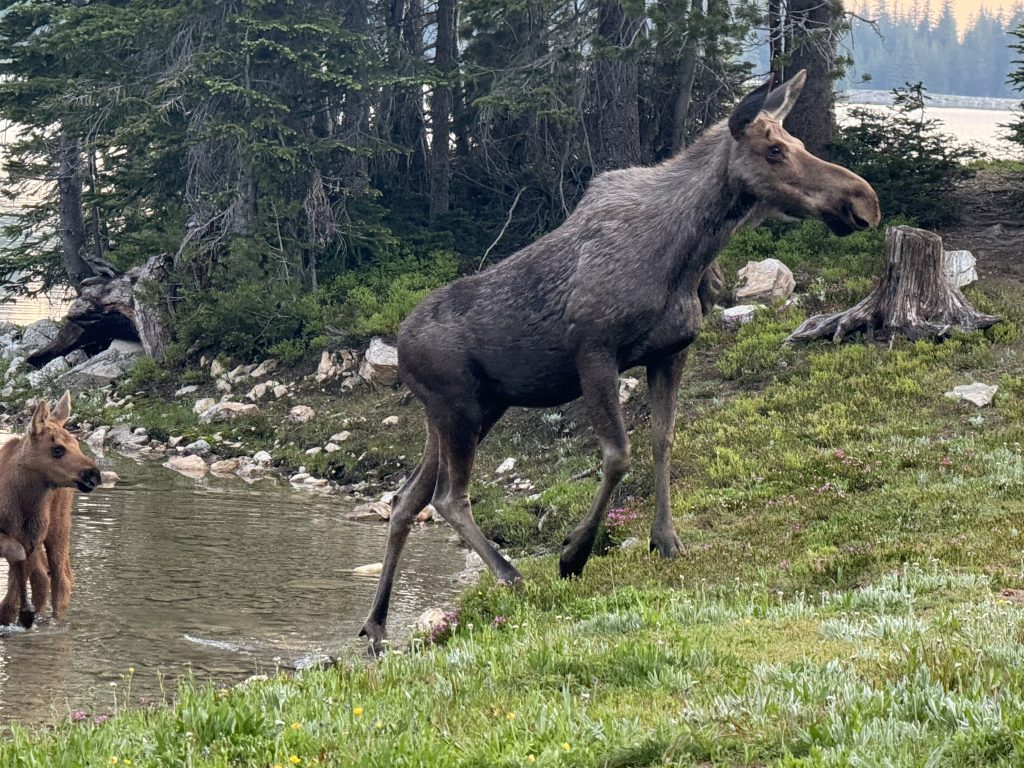
HD:
We stopped walking 10 days ago.
I am content.
This is a feeling only rarely experienced after a life of constant moving, doing what I was told, and grinding away at work.
I hope it lasts – at least for a little while.
Here are my takeaways after almost five months of hiking, from a literal and a philosophical perspective.
Our planning, consistency, and determination enabled success. We didn’t over-hike our abilities, and we finished in the manner intended – with a continuous footpath from Canada to Mexico – on our planned timeline almost to the day. Although we were almost the least experienced thru-hikers on the trail, our way of hiking worked for us. In essence, we validated what we thought about ourselves.
Our bodies did not fail us. This was my greatest single concern entering the hike. Nutrition, planning, previous athletic endeavors, and patience while walking all contributed to this. For me, it expanded the window of time that I may consider hiking (or biking, or canoeing, or whatever) for months at a time. I met several hikers who were a decade or more older than me, and who managed the CDT just fine. Instead of rushing through doing all of these long backcountry events year after year, I now feel that they can be spread out over time. Thank goodness.
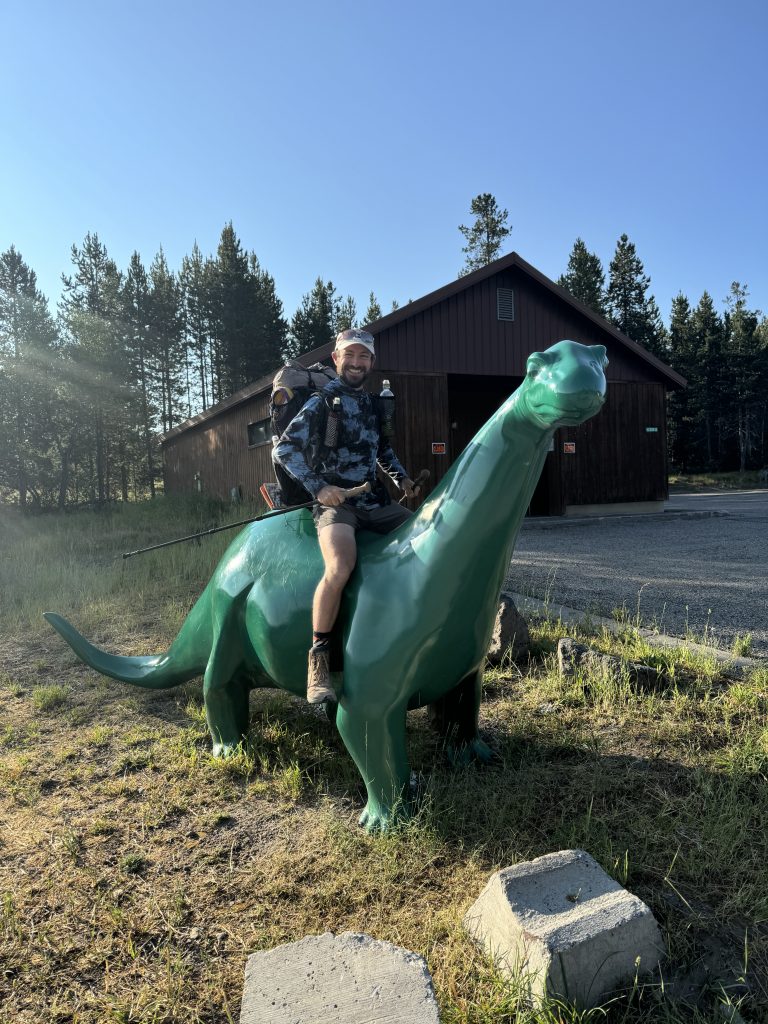
Most of the gear that we used worked very well. Our tent, stove, headlamps, shoes, clothing, and sleeping quilts all performed admirably. The only significant misstep was self-induced; we sent our 20 degree quilts and warmer sleeping pads home once we arrived in New Mexico. What followed was the coldest three weeks of the hike. We should have studied New Mexico as much as we did the other four states before the hike. It was a lazy mistake; fortunately, that mistake only caused discomfort and not anything more serious.
The daily grind of thru-hiking was not particularly enjoyable. It was memorable, however. Seeing the highest parts of the continental U.S. at a walking pace allows you to see and feel a level of detail that cannot be achieved through biking or a driving vacation. Of the modes of human-powered travel, hiking is the most difficult for me. Future long excursions by bike or canoe will likely provide more joy than hiking. But the value of doing something like this, in the most difficult mode of travel, still makes it probable we will hike long trails again. Just not in the next year or two.
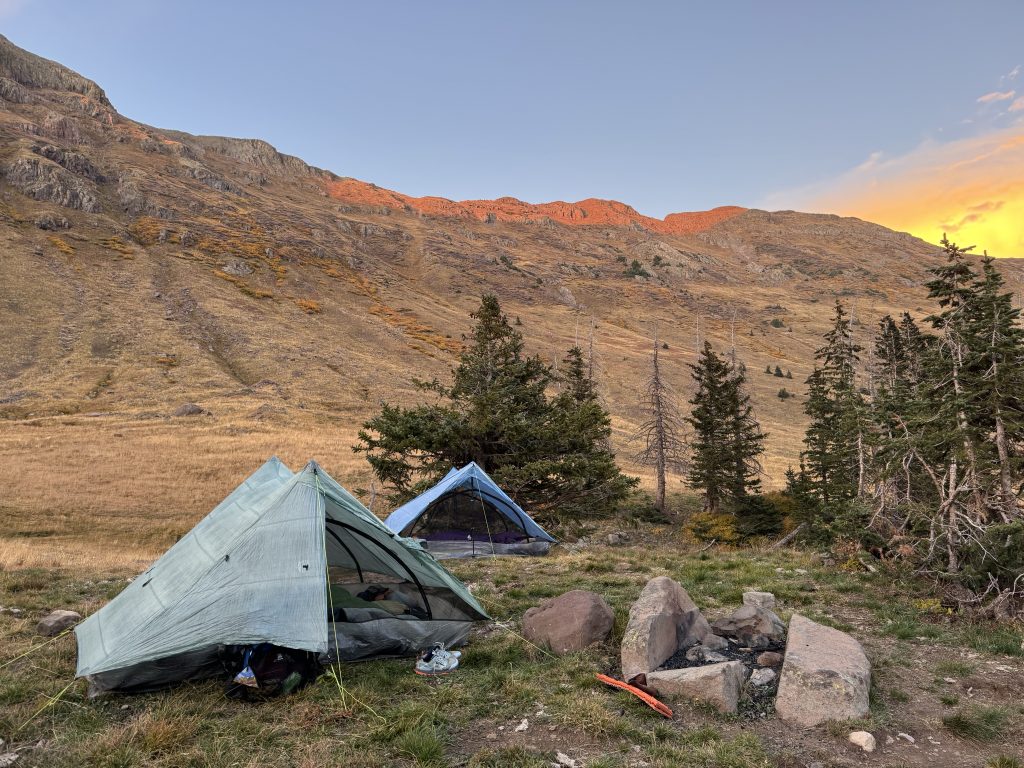
The question that we were asked most often by other hikers on the trail was “why did you hike the CDT first?”. It is the longest; the most difficult; the advanced degree of the long trails. It is usually the last of the triple crown trails that people attempt. We had our reasons for choosing this one first; timing, permitting requirements for the PCT, wanting to see the Rockies, having a grand adventure. At the conclusion of this hike, the obvious follow-on question is , “would you do it first again if you had the choice”? The answer is no. I would probably hike the Appalachian Trail first. It is 600 miles shorter, and the weather window is much longer. The most difficult aspect of this trail for us was the constant daily pressure to make miles in order to beat the snow late into the season. That pressure is much less prevalent on the AT, and it affords greater variance in mileage to enjoy a hike more. I do think that our chances of completing all three of the Triple Crown hikes is greater by finishing the CDT first. We got the most difficult one out of the way.
Of all the possible hiking partners, my spouse was the best fit for me. I assumed this would be the case before our journey, but you don’t actually know a thing like that until you do it. I don’t remember having an argument on trail at all. Our daily camp chore routines went well and were never a source of conflict. Our days off were productive and relaxing. We each pulled our own weight, and that created balance throughout the trip. The solo hikers we met were generally lonely. This is not a particularly social trail, and I am glad that I wasn’t alone for it.
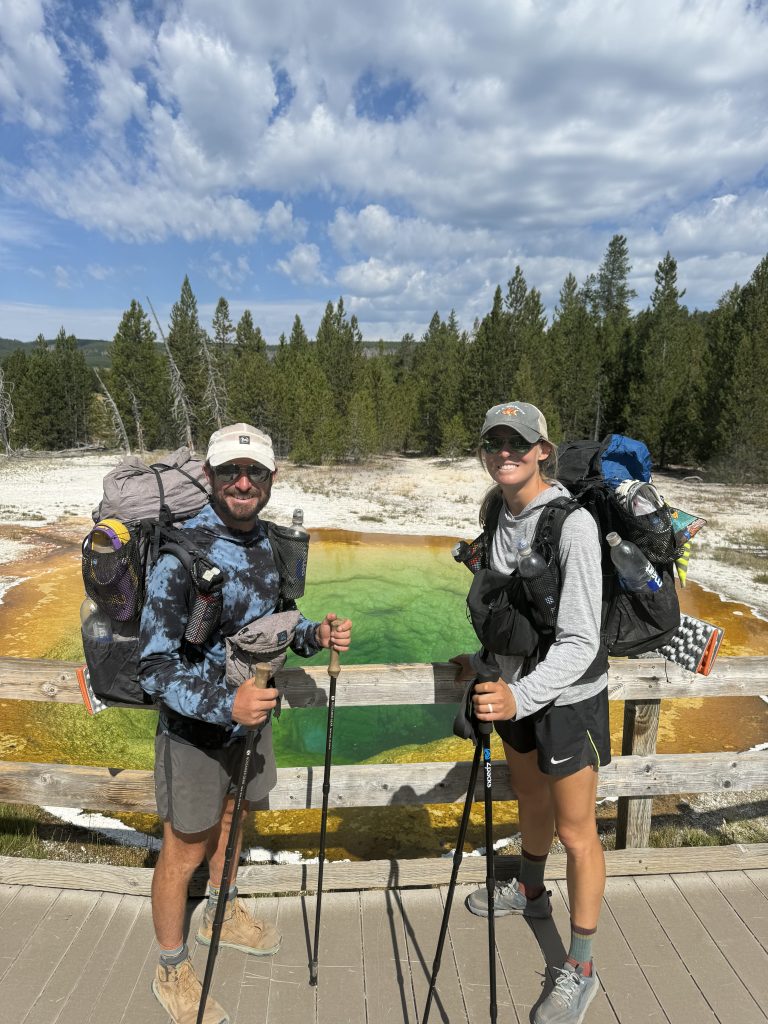
I also found out that McKenzie is tough. This was not a journey for the faint hearted, and her ability to be uncomfortable day after day without complaint made me do the same. If you really want to peer into the soul of your partner, spend five months with them in the woods. Then you will understand.
I didn’t emerge from this experience with the answers to life. Before we started, I thought that perhaps all of this time would allow some deep and introspective look into my past and/or my future. The truth for me was much more straightforward; I thought about walking, not tripping, the weather, the next section of trail, the next break for food, our next water stop. Our friend and neighbor Jay was convinced this would happen for us – that we would be present in the moment with only one job – to walk all day. This was true in all cases except when we walked out of towns after a day off. On those occasions, the transition hiking was often easier as we worked back into the mountains. We dreamed and spoke about future adventures and plans. We were not focused on the present, and that was okay. Talking about the future provided the necessary motivation to make it to the next section.
Even though I didn’t figure out the answer to life, the universe, and everything on the trail, and I was mostly focused on the present (one foot in front of the other), I did think about my father almost every day. He was an adventurer at heart, and his desire to see and experience all parts of our country continues to influence me. Cancer, and then Parkinson’s, denied him the ability to travel and adventure later in life. Watching this struggle made me prioritize these long trips as soon as I was able. I wish that he was able to experience this journey with me.
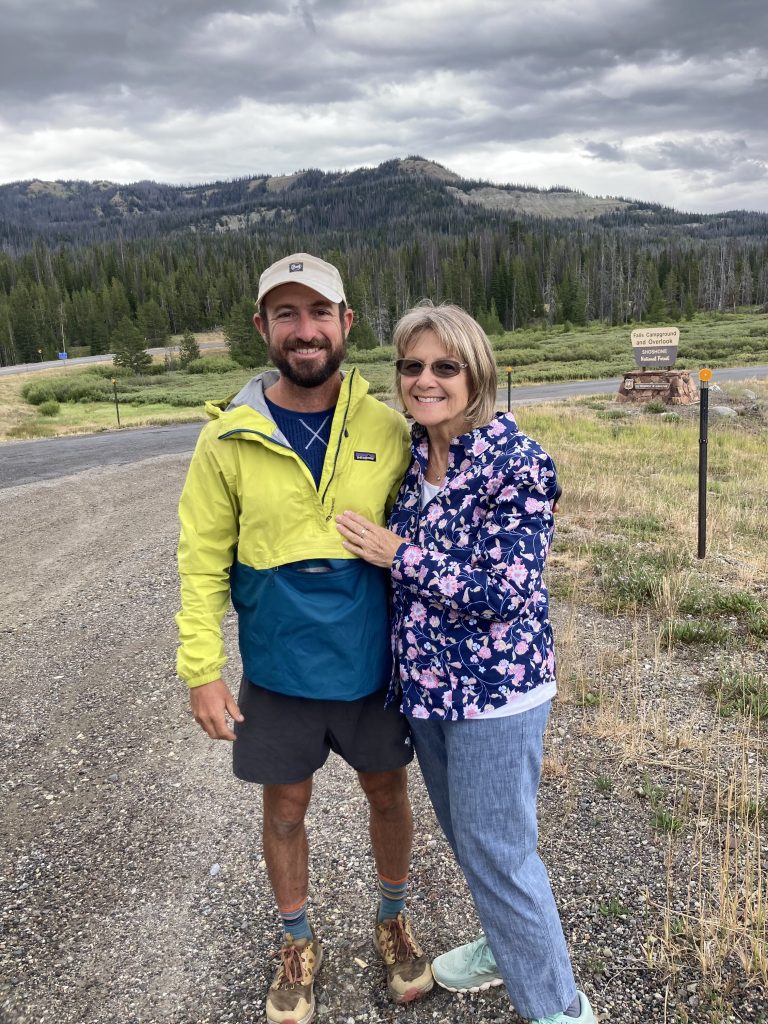
I think that I am a more patient person at present. Time will tell, but it certainly feels that way so far. The little things seem to fall away quickly as unimportant right now. Hiking is such a slow and methodical activity that it forces patience into you. This was my greatest area of personal growth over the past months. Upon reflection, although the process was long and frustrating, it was worth the effort.
What is next for us? No long hikes for a while! Another long trip is in the planning stages, though. The Trans-America Trail, the original west-east bicycle route across the U.S., is next on the list beginning in late summer of 2025. The route begins in Astoria, Oregon and ends in Yorktown, Virginia. At 4,200 miles long, it is still a giant undertaking. But at 12 miles per hour (instead of 2.5), it will only take half the time of our CDT hike. We plan to restart the blog for the ride as it’s been a great tool to share and interact with friends and family.
Until next time…
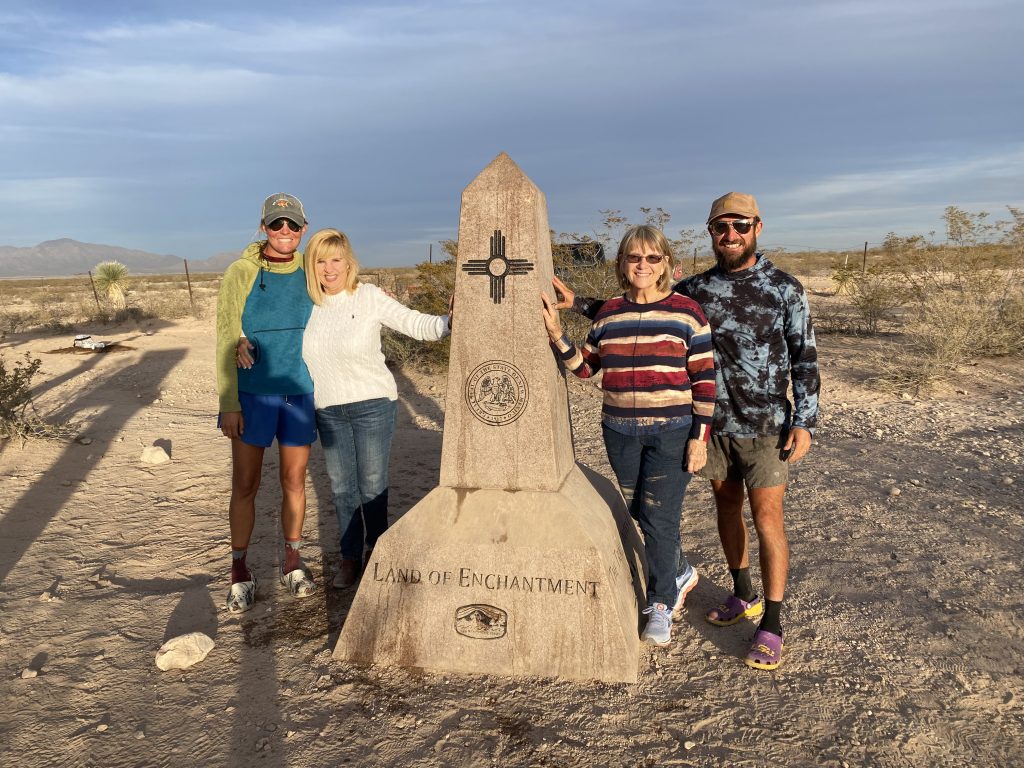
2 responses to “Reflections from the Trail”
Great post! So excited to hear that you are planning your next adventure. The AH video clip was spot on.
You guys did good. Be proud.
So good to read your perspective on the trip while still fresh on your minds. You two make a great team and the CDT made your relationship even stronger. May you never forget the discomforts of the trail so that the comforts of your everyday lives are more appreciated. The CDT is a chapter in your travel lives. Can’t wait to read the next chapter. Also, thank you for being honest about the challenges you faced.